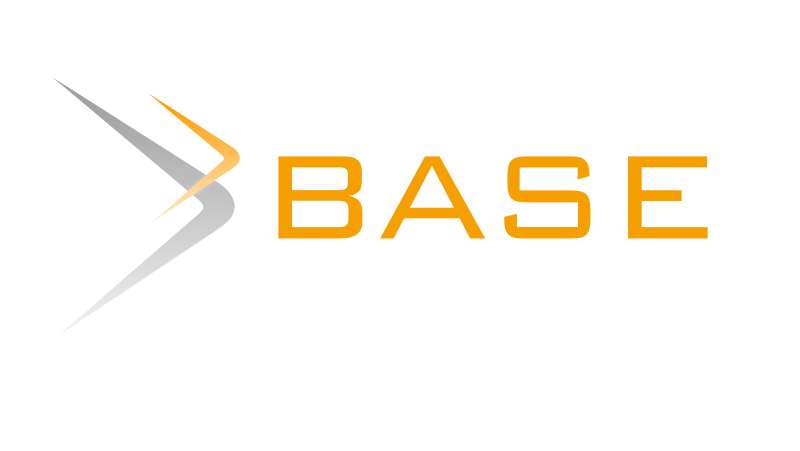Keabsahan Hasil Cetak Screenshot Sebagai Alat Bukti dalam Pemeriksaan Perkara Perdata
Abstract
The development of computer, telecommunication and information technology has proceeded in such a way that is now has a very big difference from 10 years ago. Trade and industrial business have given rise to new transaction models due to advantages of technological advances. In today's digital age computers, telecommunications, and information are developing very rapidly, making the use of this technology encouraging proof of screenshots to be one of the evidence used in court. This study aims to determine the legal regulation of printed evidence (screenshots) in civil court proceedings, and to determine the strength of the printed evidence (screenshots) in proving civil cases. The research method used is normative legal research with a statutory approach related to this research. The results show that the legal regulation of screenshot evidence can be seen in Law No. 19 of 2016 and Article 1866 of the Criminal Code which is usually used in civil case trials. Then, the strength of the screenshot evidence has the power of proof that is binding for the judge and the parties concerned. So, it can be concluded that screenshot evidence can be used in civil case cross-examination because it is in the same position as other evidence and can be used legally, and this screenshot evidence is binding both for judges and for other parties who wish to use it.
References
Asikin, H. Z. (2015). Hukum Acara Perdata di Indonesia. Jakarta: Prenadamedia Group. Retrieved from https://opac.perpusnas.go.id/DetailOpac.aspx?id=948561
Bukido, R. (2011). Kedudukan Alat Bukti Tulisan terhadap Penyelesaian Perkara di Pengadilan. Jurnal Ilmiah Al-Syir’ah, 9(1), 1–18. doi:10.30984/as.v9i1.9
Fakhriah, E. L. (2017). Bukti Elektronik dalam Sistem Pembuktian Perdata. Bandung: PT Refika Aditama. Retrieved from https://refika.co.id/hukum/111-bukti-elektronik-dalam-sistem-pembuktian-perdata.html
Mertokusumo, S. (2009). Hukum Acara Perdata Indonesia. Yogyakarta: Cahaya Atma Pustaka. Retrieved from https://opac.perpusnas.go.id/DetailOpac.aspx?id=1031569
Mulyadi, L. (2009). Putusan Hakim dalam Hukum Acara Perdata Indonesia: Teori, Praktik, Teknik Membuat, dan Permasalahannya. Bandung: PT Citra Aditya Bakti. Retrieved from https://opac.perpusnas.go.id/DetailOpac.aspx?id=573460
Paryadi, D. (2018). Pengawasan E Commerce Dalam Undang-Undang Perdagangan Dan Undang-Undang Perlindungan Konsumen. Jurnal Hukum & Pembangunan, 48(3), 651–669. doi:10.21143/jhp.vol48.no3.1750
Sari, D. P. (2019). Kekuatan Pembuktian Fotokopi Surat yang Tidak Dapat Dicocokkan dengan Aslinya dalam Perkara Perdata. Undang: Jurnal Hukum, 2(2), 323–352. doi:10.22437/ujh.2.2.323-352
Soekanto, S., & Mamudji, S. (2006). Penelitian Hukum Normatif Tinjauan Singkat. Jakarta: Rajawali Pers. Retrieved from https://opac.perpusnas.go.id/DetailOpac.aspx?id=39454
Wibowo, E. A. (2014). Pemanfaatan Teknologi E-Commerce dalam Proses Bisnis. Equilibiria, 1(1), 95–108. doi:10.33373/jeq.v1i1.222
Wiwie, A. A. (2013). Asas-Asas Hukum Pembuktian Perdata. Jakarta: Kencana Penadamedia Group.
 Abstract viewed = 519 times
Abstract viewed = 519 times
 PDF downloaded = 10160 times
PDF downloaded = 10160 times










